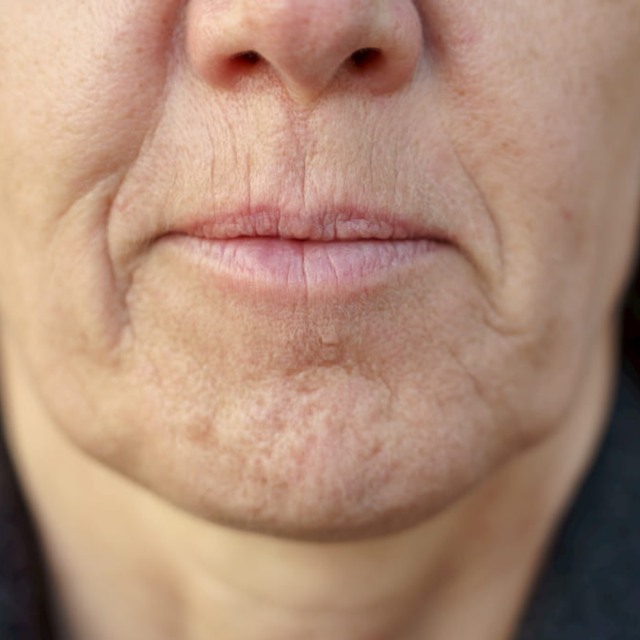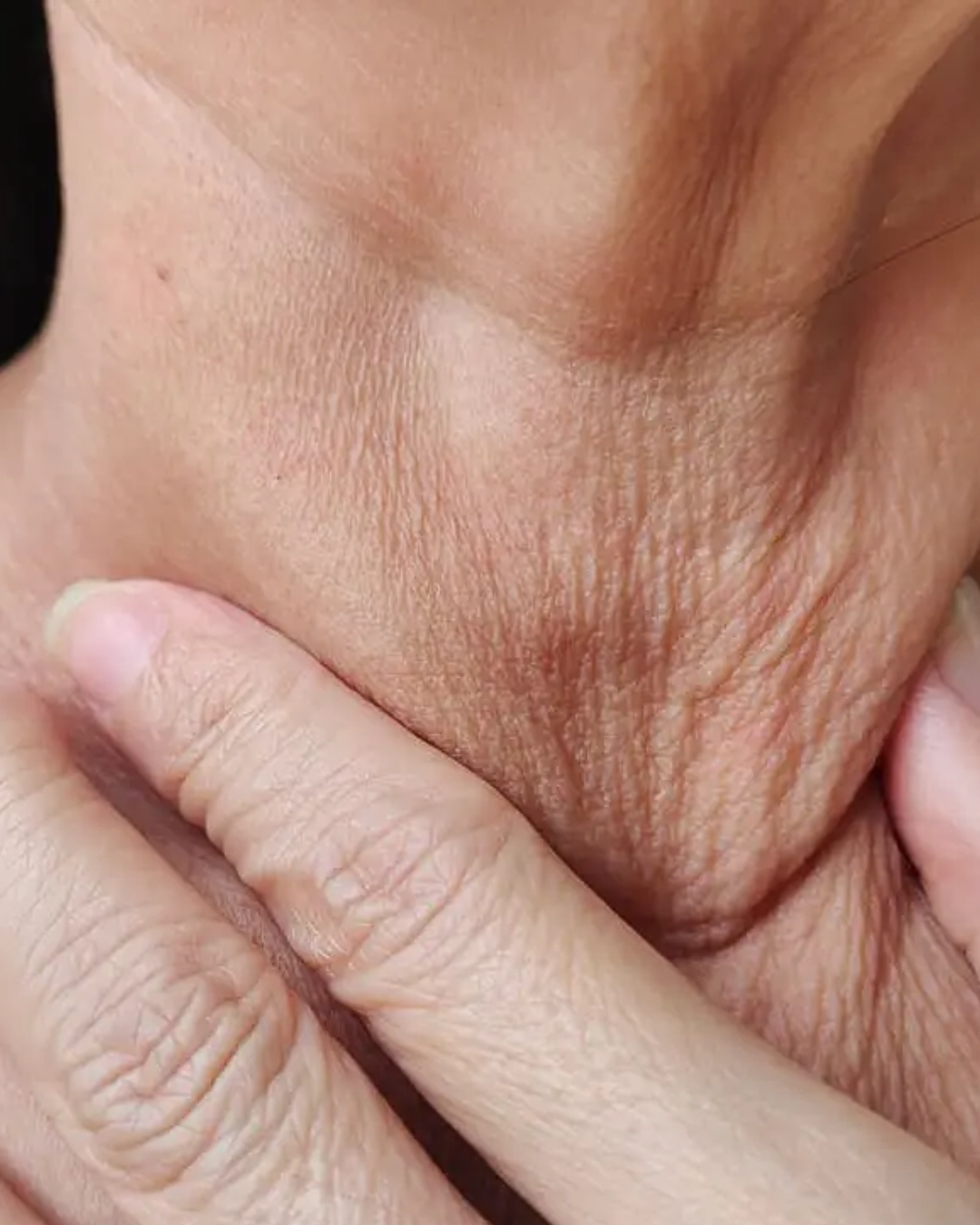
Skin laxity, or the loosening of the skin, occurs as we age and lose essential proteins like collagen and elastin, leading to sagging and a lack of firmness. Fortunately, various advanced treatments can help tighten and rejuvenate the skin, restoring a more youthful appearance. Below are some effective options for addressing this condition on both the face and body.

Skin laxity happens when the skin loses its natural firmness and elasticity due to the breakdown of essential structural components like collagen and elastin. This loss can lead to sagging and a less toned appearance. Several factors contribute to this concern, including the natural ageing process, prolonged sun exposure, significant weight changes, and certain lifestyle choices. While it is often most noticeable on the face, causing a tired or aged look, skin laxity can also affect the body, particularly in areas such as the arms, abdomen, and thighs, resulting in a loss of definition.
At SRGN, Dr Ayad Harb and his team offer a range of innovative treatments to address this concern, tailored to meet the unique needs of each patient. Whether you’re looking to tighten loose skin on the face, neck, or body, our treatments are designed to restore firmness, improve skin texture, and rejuvenate your overall appearance.

Facial laxity often manifests as sagging cheeks, jowls, or loose skin around the eyes. Treatments like Ultherapy or radiofrequency skin tightening can stimulate collagen production, lifting and firming the skin for a more youthful contour.
Loose skin on the neck, commonly referred to as “turkey neck,” can be treated with neck lift surgery or non-surgical options like thread lifting. These treatments tighten the skin and restore a smoother, more defined neckline.
Body laxity, particularly after significant weight loss, can lead to sagging in areas like the abdomen, arms, and thighs. Body contouring treatments, including liposuction or non-invasive skin tightening procedures, can effectively address these concerns by reshaping and firming the affected areas.
Many women experience it after pregnancy, especially around the abdomen. Treatments like the “Mummy Makeover” or tummy tuck surgery can restore the body’s pre-pregnancy shape by removing excess skin and tightening the underlying muscles.
Facial skin laxity often manifests as sagging cheeks, jowls, or loose skin around the eyes. Treatments like Ultherapy or radiofrequency skin tightening can stimulate collagen production, lifting and firming the skin for a more youthful contour.
Loose skin on the neck, commonly referred to as “turkey neck,” can be treated with neck lift surgery or non-surgical options like thread lifting. These treatments tighten the skin and restore a smoother, more defined neckline.
Skin laxity on the body, particularly after significant weight loss, can lead to sagging in areas like the abdomen, arms, and thighs. Body contouring treatments, including liposuction or non-invasive skin tightening procedures, can effectively address these concerns by reshaping and firming the affected areas.
Many women experience skin laxity after pregnancy, especially around the abdomen. Treatments like the “Mummy Makeover” or tummy tuck surgery can restore the body’s pre-pregnancy shape by removing excess skin and tightening the underlying muscles.
Sylfirm X radio-frequency treatment targets the deeper layers of the skin, heating them to promote collagen and elastin production. This minimally invasive option effectively reduces skin laxity on the face and body, offering a firmer, smoother appearance.
FACEtite & BODYtite is a great treatment for those struggling with body loose skin. Body & facial contouring treatments options like FACEtite & BODYtite can help you achieve a more toned and defined silhouette, by effectively reducing fat and tighten the skin in a single procedure.
Dracula Facial Treatment harnesses the power of your body’s own blood to rejuvenate and tighten the skin. By stimulating collagen production, Dracula Facial can effectively reduce signs of loose skin, improve texture, and restore a youthful glow, particularly in areas like the face and neck.
Chemical Peels are a powerful exfoliating treatment that remove the outer layers of dead skin, promoting the growth of new, healthy skin cells. This process not only smooths the skin but also enhances firmness and elasticity, making it an excellent option for addressing mild to moderate skin laxity.
The ZO Advanced Facial combines potent skincare products with advanced techniques to deeply cleanse, exfoliate, and stimulate the skin. This treatment boosts skin health and resilience, helping to improve skin firmness and reduce the appearance of laxity for a refreshed, youthful complexion.